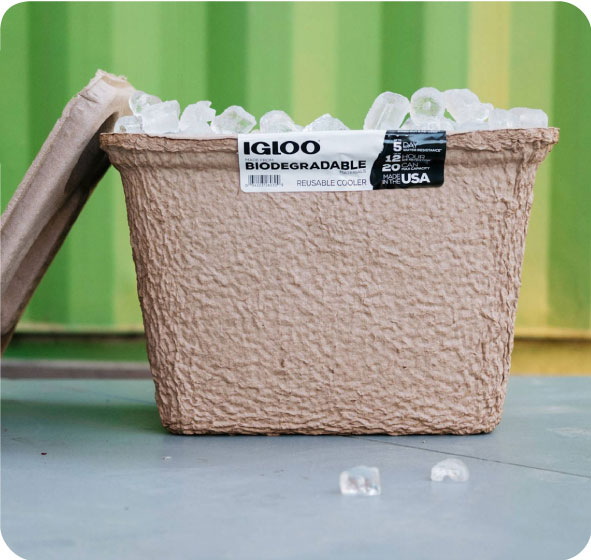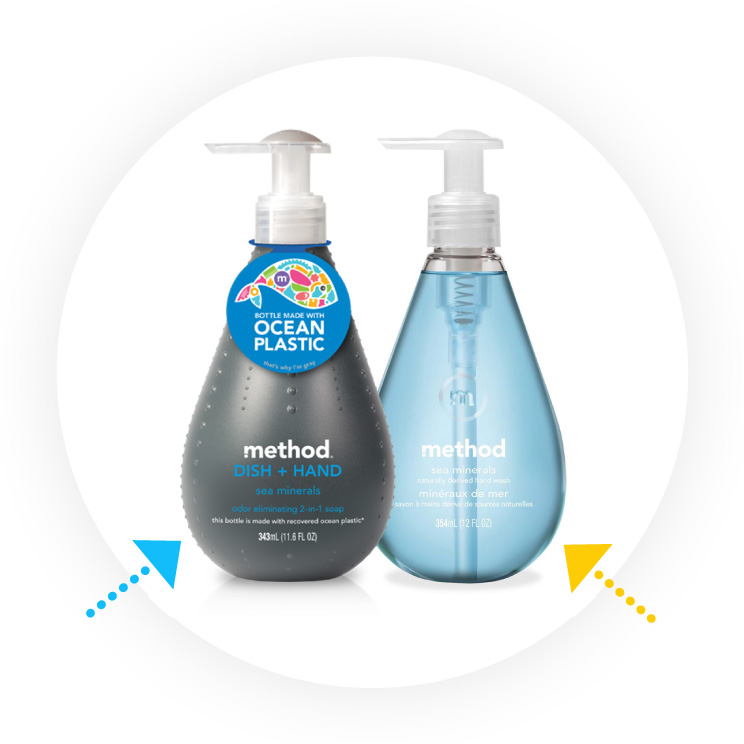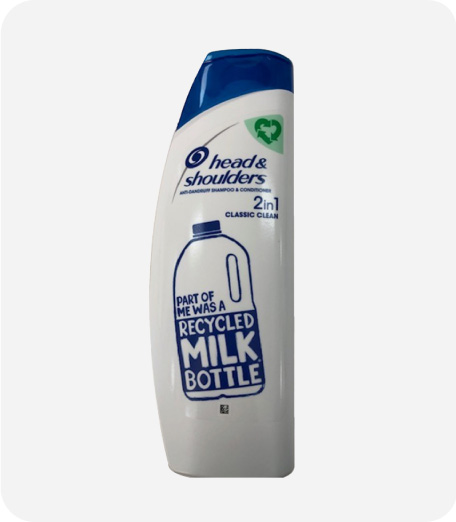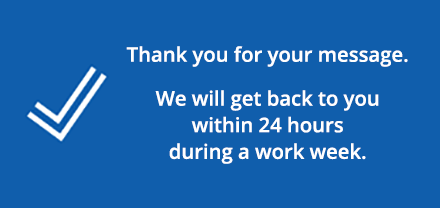Global trends and learnings from our packaging design testing practice
4 best practices
for communicating
packaging sustainability
The move to more sustainable packaging is an urgent humanitarian priority, according to new and alarming scientific findings
New and alarming scientific evidence underlines the importance of moving to more sustainable product ingredients and product packaging.
For example, at the 2019 Plastic Health Summit, researchers from the University Medical Centre (UMC) Utrecht announced that they had discovered that microplastics cause accelerated human cell death and are harmful to our health. [1]
While microplastics are a product ingredient problem much more than a product packaging problem, it is also clear that these types of news stories contribute to consumers’ unease about product packaging as well, in particular plastic packaging.
Consumers respond to scientific and environmental developments with unease about plastic packaging
Experts agree that the move towards more sustainable packaging is a top priority, and predicted to become even stronger after the COVID-19 pandemic
Top-3 most influential trends in beverages [2]
Sugar reduction
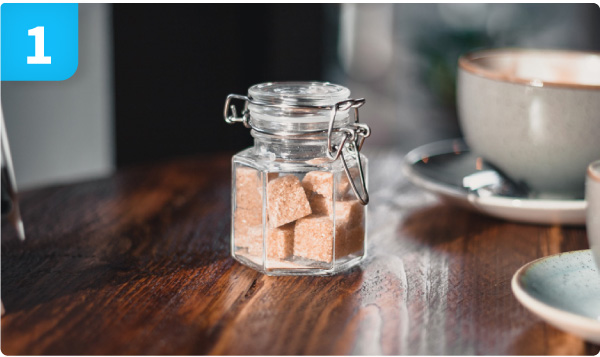
More sustainable packaging
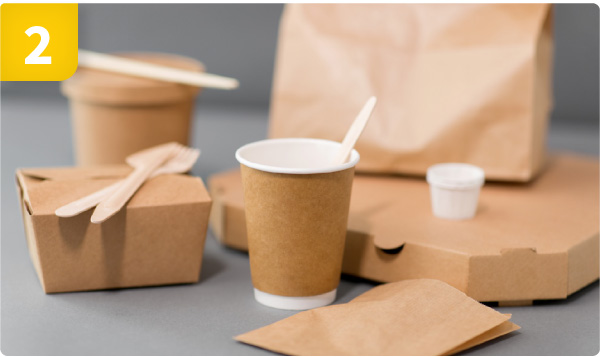
Avoidance of artificial sweeteners
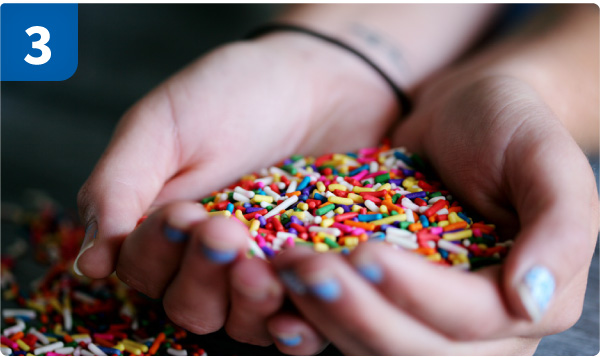
McKinsey projects that consumers are optimistic about overall economy recovery post COVID-19: Over 80% of consumers will consume the same or more. Consumer behavior is expected to be sticky after the crisis with regards to online penetration, attention to product safety and health and environmental concerns. [3]
Environmental pollution has triggered a consumer backlash against plastic packaging specifically, and a genuine interest in solutions. And people want to be part of these solutions
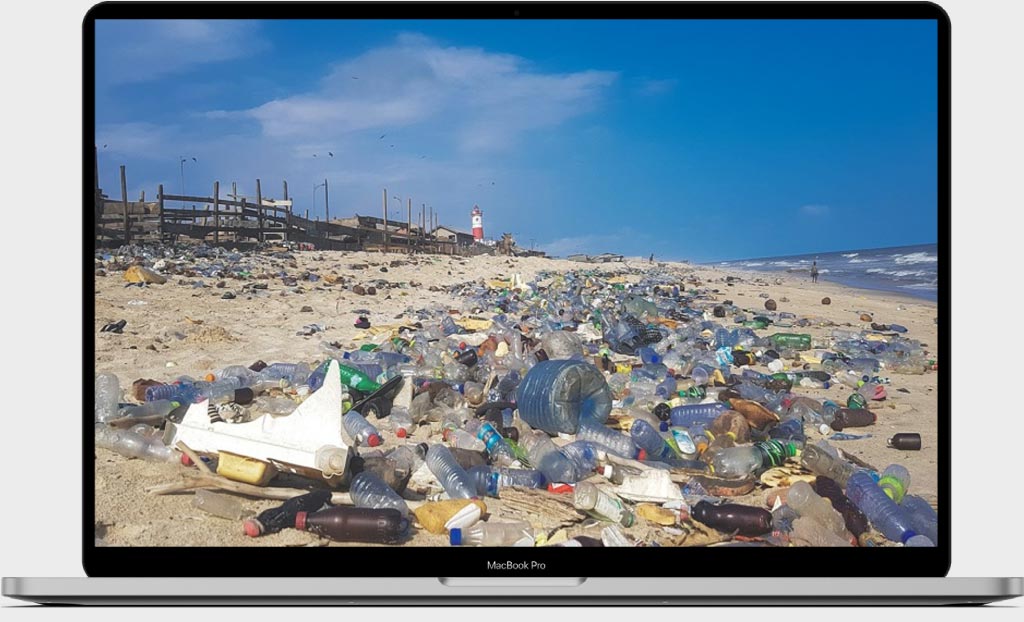
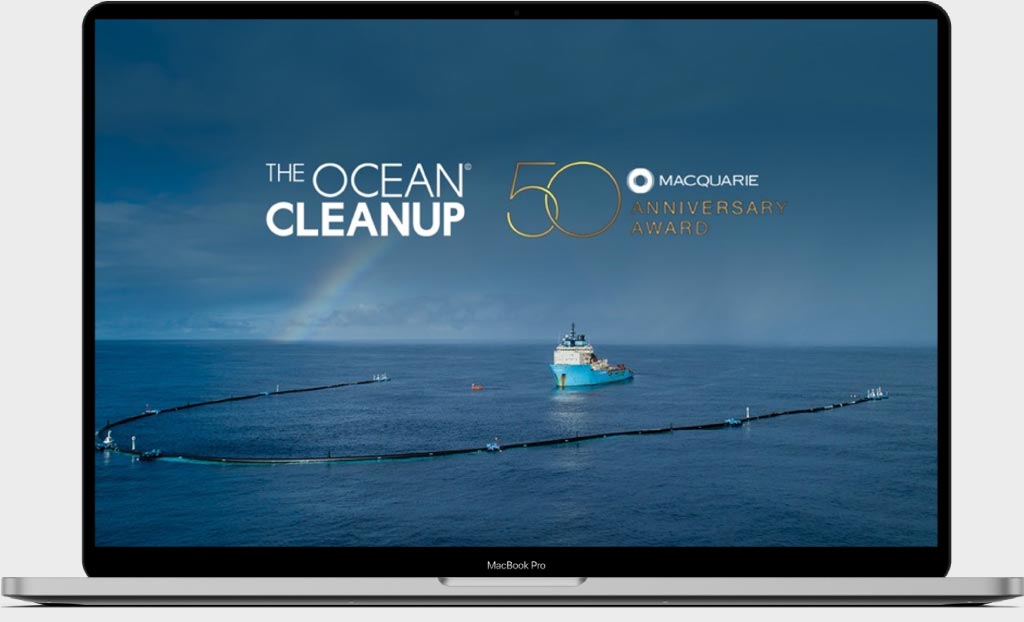
Sources: Photo: Muntaka Chasent, Ghana
Fortunately, we’re observing a wide variety of initiatives towards more sustainable packaging:
Increasing PET & rPET plastic content
Manufacturers are moving from single-use non recyclable plastics to PET and recycled PET plastics
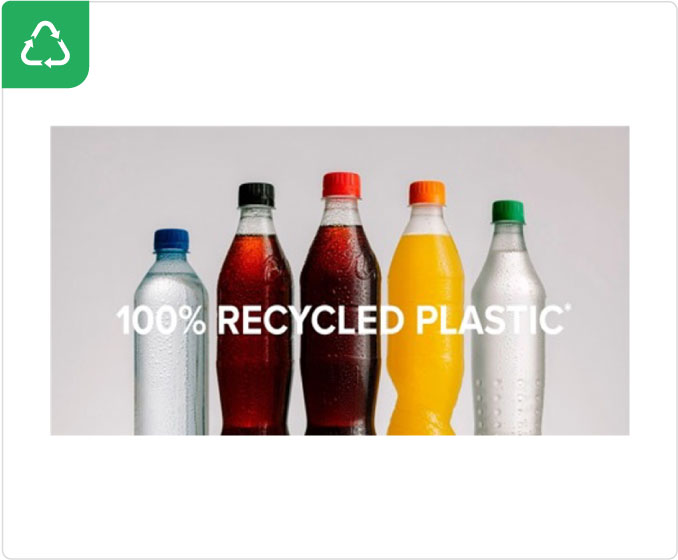
Reducing and removing packaging
Some brands are reducing the quantity of plastics used (at the risk of consumers subconsciously questioning size reductions)
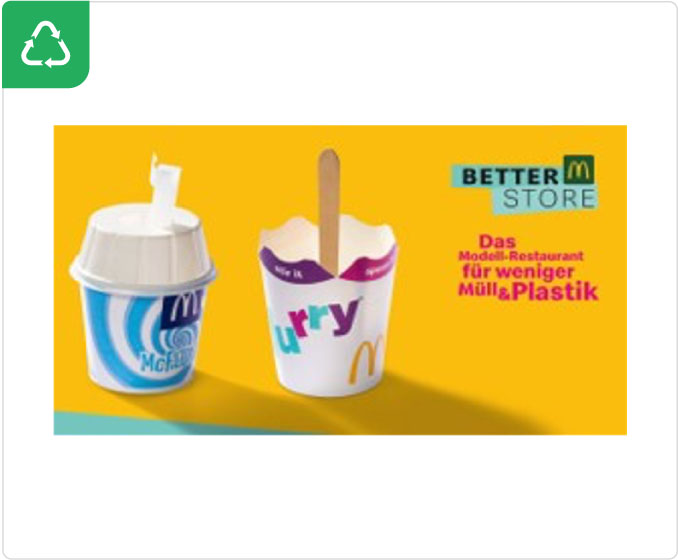
Replacing plastics with paper
We see a shift from plastics to paper, but it can be a challenge because paper is heavy and may not be as protective
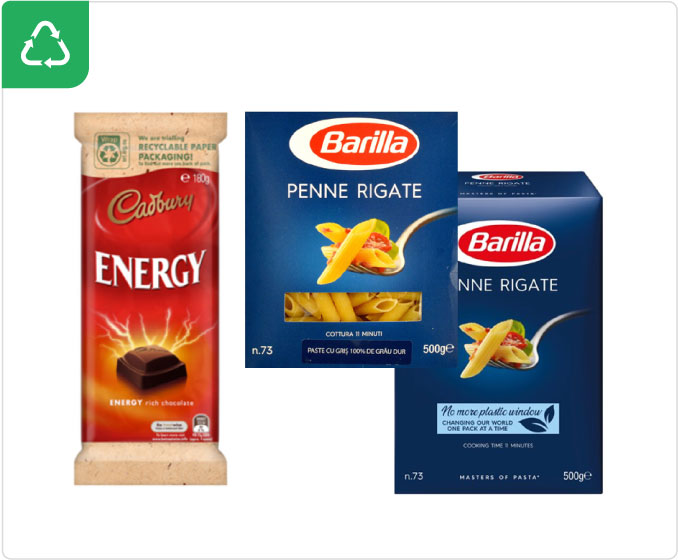
Development of bioplastics
The development of bioplastics is very promising now that they are coming to market
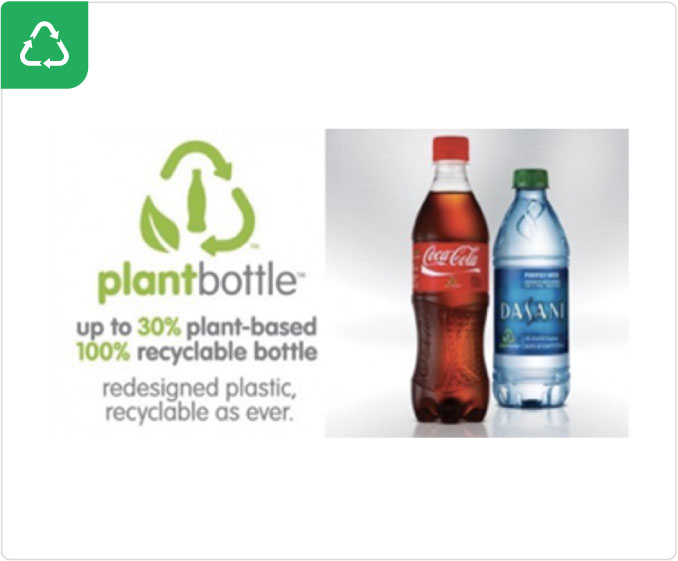
Shift to mono-materials
New technologies enable the shift from laminated, multi-layered non-recyclable towards recyclable mono-materials
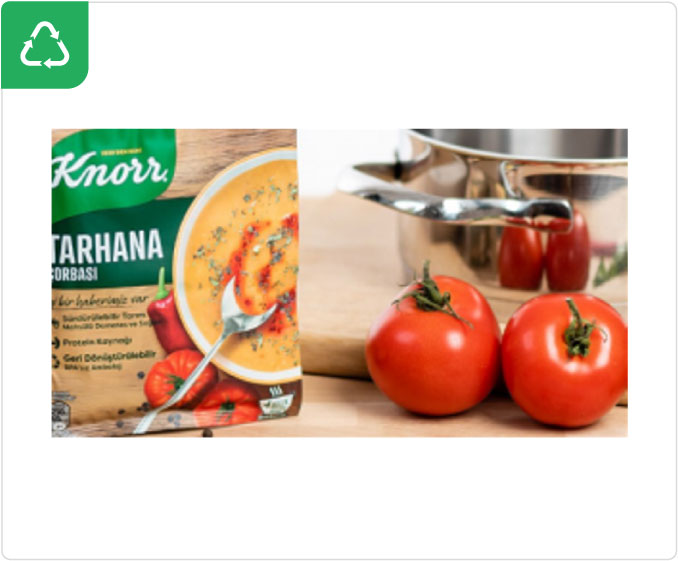
Designing for re-use
Manufacturers are moving from single-use glass bottles towards store-returnable and re-usable glass bottles
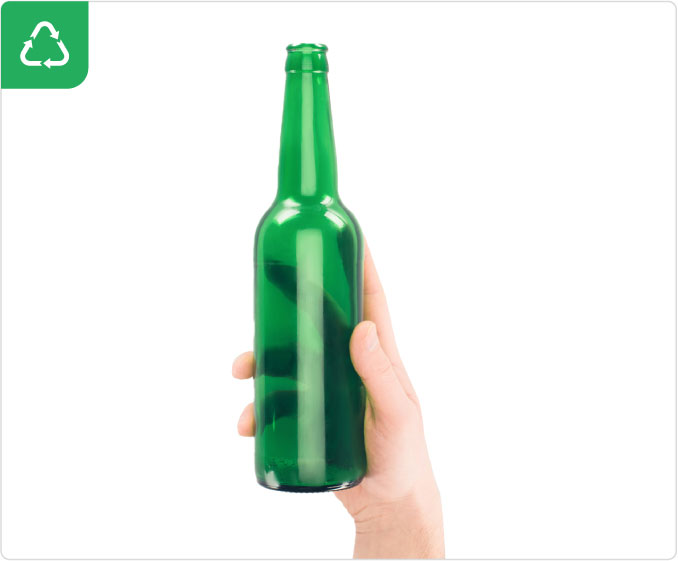
Some sustainable packaging examples
Thai supermarkets abandon single-use plastics in favor of banana leaves
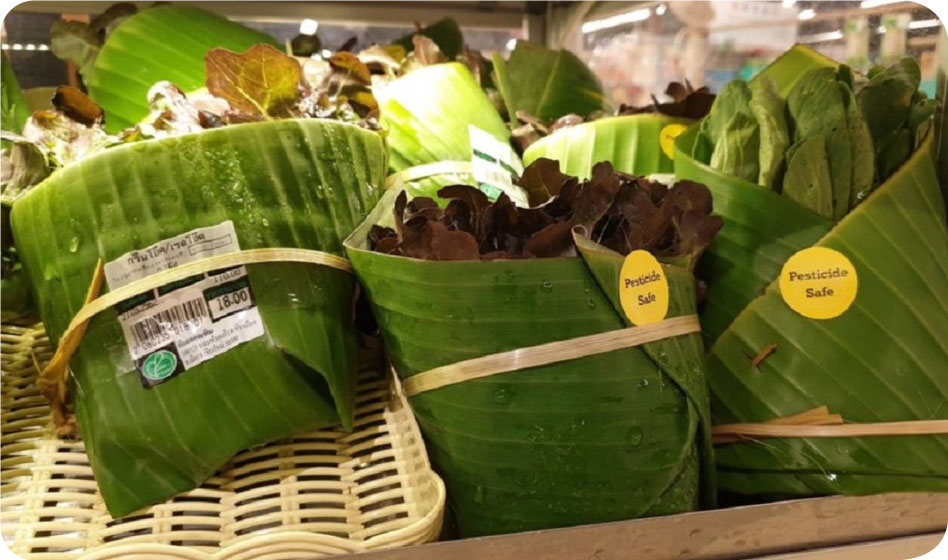
Banana is a
particularly versatile plant. Not only is it a food source, but the leaves of the plant can be used for food packaging or even in place of plastic or paper plates. [4]
In the 135 countries where bananas grow, the leaves are plentiful and sustainable. They are thick, durable, flexible and waterproof, and food can even be cooked inside of the leaves.
This organic and sustainable packaging example is both old school and new school cool.
Igloo replaces Styrofoam coolers with a biodegradable version
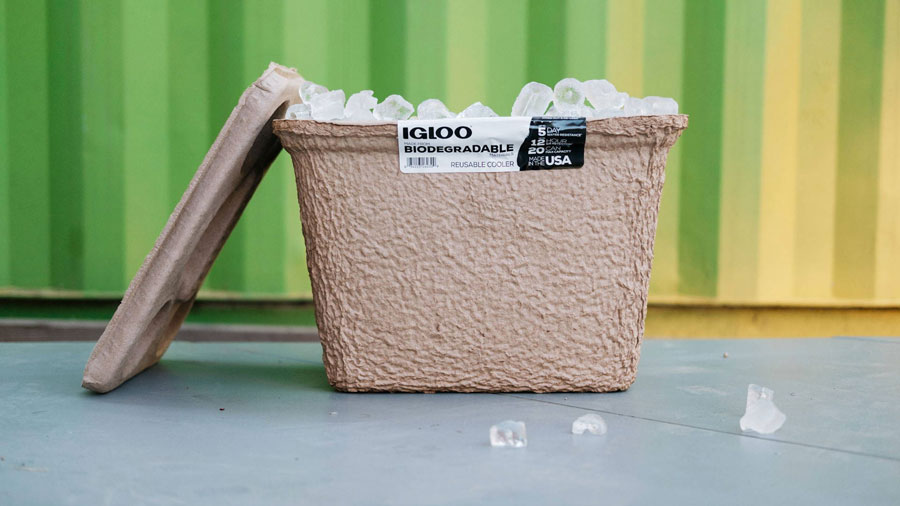
Styrofoam coolers
are lightweight, cheap, and pretty good at keeping beverages cold. They’re also pretty bad for the environment. [5]
Igloo has come up with a less destructive alternative made from paraffin wax and recycled paper. The 16-quart cooler has a weight capacity of 75 pounds and is highly water resistant.
Igloo says the RECOOL can keep ice cold for up to 12 hours and hold water for up to five days without leaking.
Starbucks begins trial of compostable hot coffee cups
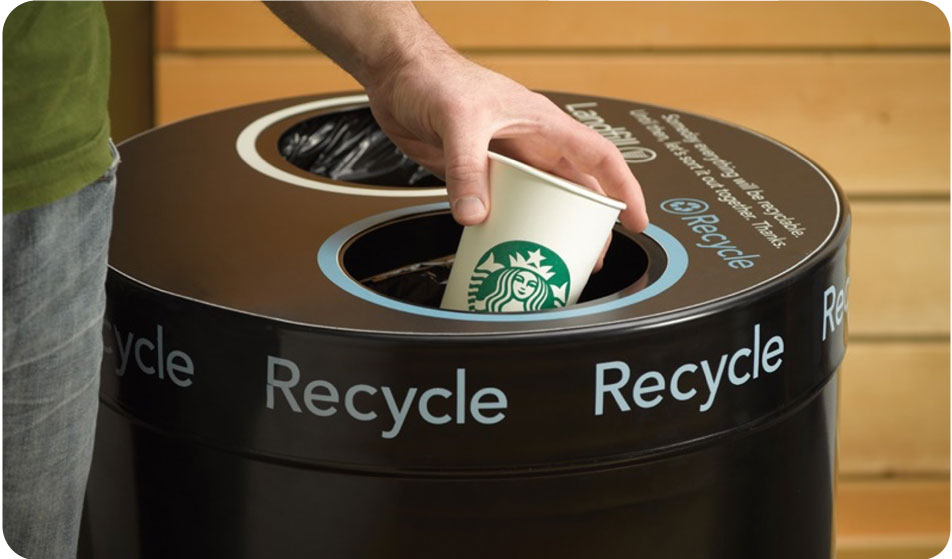
Starbucks
serves about 6 billion paper cups annually. However, because the paper cups are manufactured with a plastic liner, they aren’t recyclable.
In 2018, the chain pledged $10 million towards the development of a more sustainable alternative to the current to-go hot cup through the NextGen Cup Challenge. [6]
The experimental cups come lined with a bioplastic that can withstand high temperatures and is also compostable and is a great example of sustainable packaging. [7]
LOOP: Helping your favorite brands become waste free
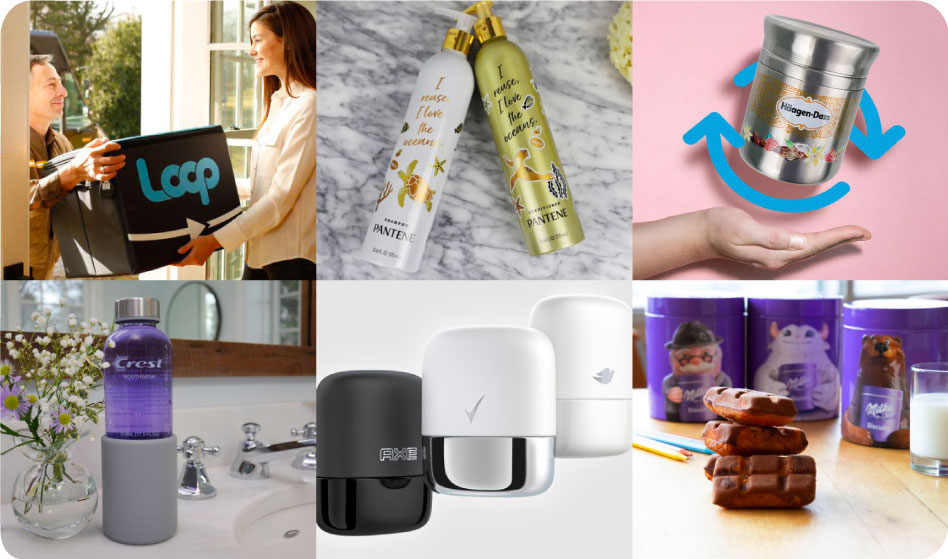
at the World Economic Forum, LOOP is an important initiative against single-use plastic waste.The circular shopping platform offers close to 200 products from popular brands in reusable packaging. The platform is now live in the USA and Paris, and will soon expand to 4 more markets. [8]It could prove to be a viable solution if consumers buy into a program that relies on reusable packaging.
In parallel, we are observing a lot of communication on the topic of sustainable packaging
Manufacturers aren’t shy about letting the world know about their sustainability packaging initiatives
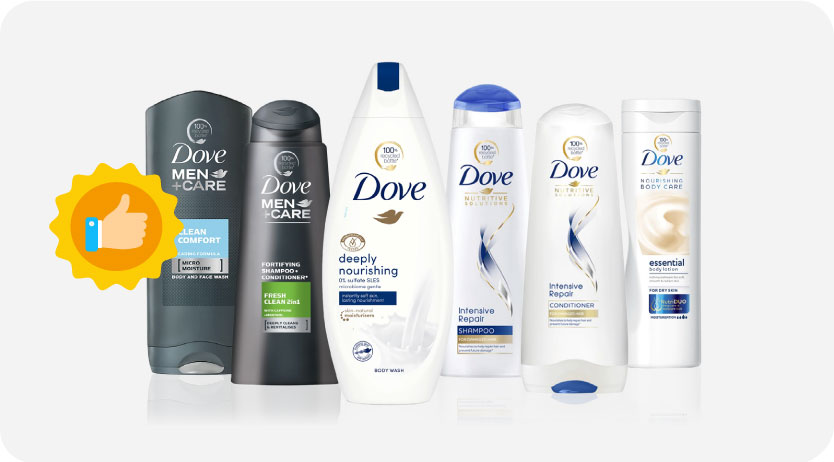
Last year,
Unilever announced packaging reduction targets and initiatives for their Dove brand of personal care products. Their overall goal was to decrease the use of virgin plastic by 20,500 tons per year. [9]
As part of that effort, Dove now uses bottles made from 100% recycled plastic [10], something they highlighted in a new promotional campaign. This campaign promoted their recycling messages on packaging and included installing an uncommon vending machine in New York’s Grand Central Station.
And this type of communication is a good thing!
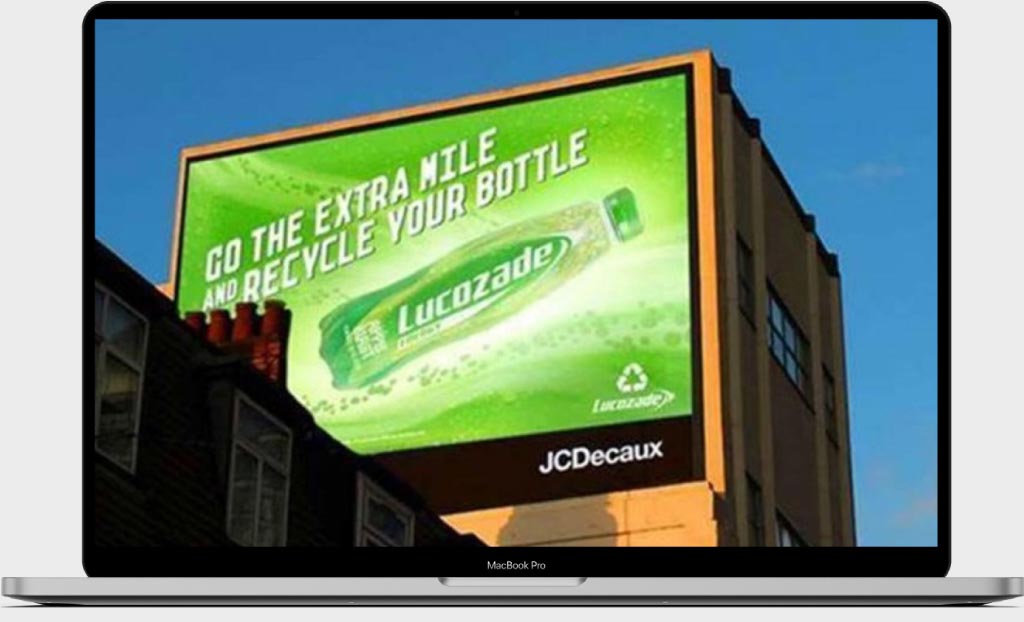
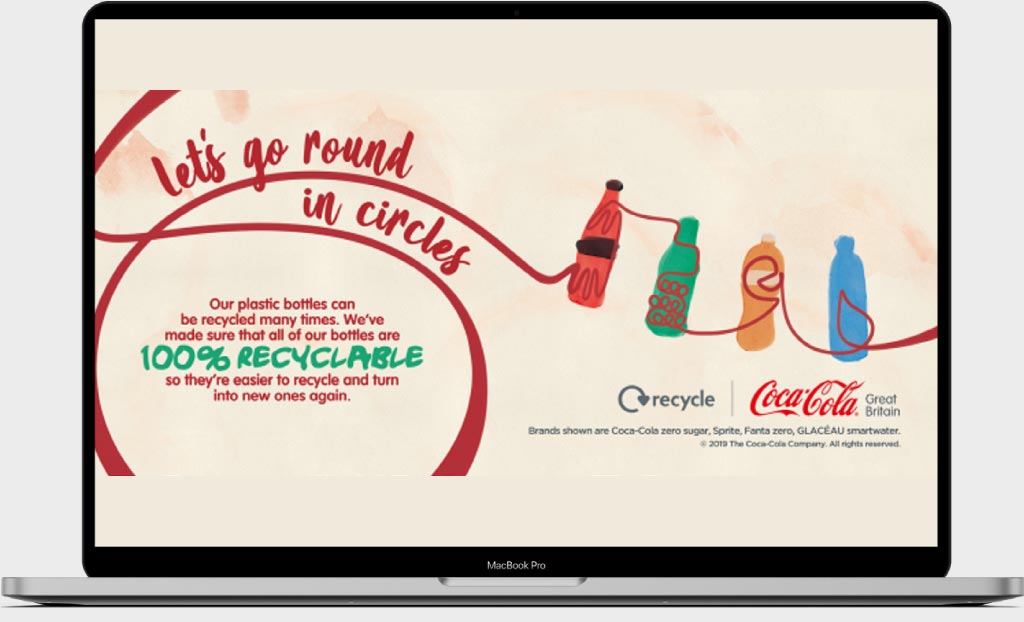
Consumers are eager to contribute to a more sustainable ecosystem. They want to be informed about sustainable and recyclable packaging initiatives, because it enables them to adjust their shopping, purchase, consumption and recycling behaviors accordingly.
Yet, there are risks associated with communicating sustainability initiatives
We saw this in the backlash triggered by Coca-Cola’s communication of a marine plastics recycling pilot initiative
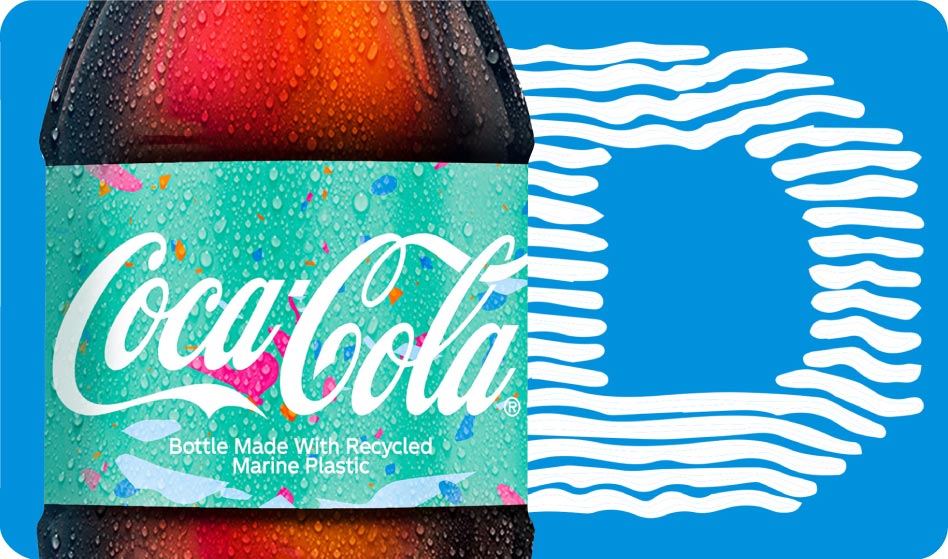
A press-release [11]
from the Break Free from Plastic Alliance stated that: “Coca-Cola is the most prolific plastics polluter, found in 40 of 42 participating countries. More than 75% of all 239 participating cleanups reported finding Coca-Cola branded products along their coasts, shorelines, parks, and streets.
The irony is ripe. Coca-Cola, the single largest marine polluter, believes that the plastic ocean trash they are considerably responsible for can be used to repackage their beverages, which would then likely end up right back in the ocean. This is a poorly timed apology masquerading as a solution and is greenwashing at its finest.” [12]
How can your brand best
communicate about
sustainable packaging
on the packaging itself?
Follow these 4 best practices for communicating packaging sustainability
Prioritize product benefit messaging
Consumers appreciate green, recyclable packaging, but they’re not buying your product for its green packaging. They’re buying it because of its (in)tangible product benefits. Respect design hierarchy guidelines by making sure that the primary product benefit(s) cues on your packaging design continue to be seen before your sustainable packaging message.
Switch-in
and switch-out
A fundamental pack design meta-learning is that communicating through your packaging design is like a balancing act: Emphasizing one message creates a very real risk of weakening other messages. Be prepared for your on-pack sustainability messages to detract from other important messages, so consider making it a temporary message.
Amplify your message with icons and claims
Icons that clearly communicate whether a packaging can be recycled are highly appreciated. Call-to-actions (for recycling) can but don’t have to be directive – people do understand and will act upon more subtle, implie call-to-action claims. Leveraging the color green to communicate sustainable packaging credentials can be effective but is not a must.
Disruptive material changes offer fantastic opportunity for disruptive growth
Disruptive packaging material changes (e.g. from plastic to paper) offer fantastic new opportunity to focus on the key drivers of powerful packaging design: Improving shelf visibility, variant findability and design appeal.
Let’s look at a powerful sustainability packaging example:
Design strengths:
- Ocean plastic used in the Sea Minerals variant
- The bottle is shaped like an urchin (including the dotted line pattern)
- Black color signals premium
- Understated recycled plastics message is secondary to brand, variant and primary product benefit messages
- The removable whale tag for in-store stand-out and call-to-action
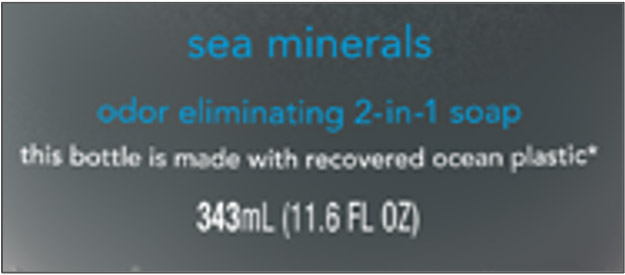
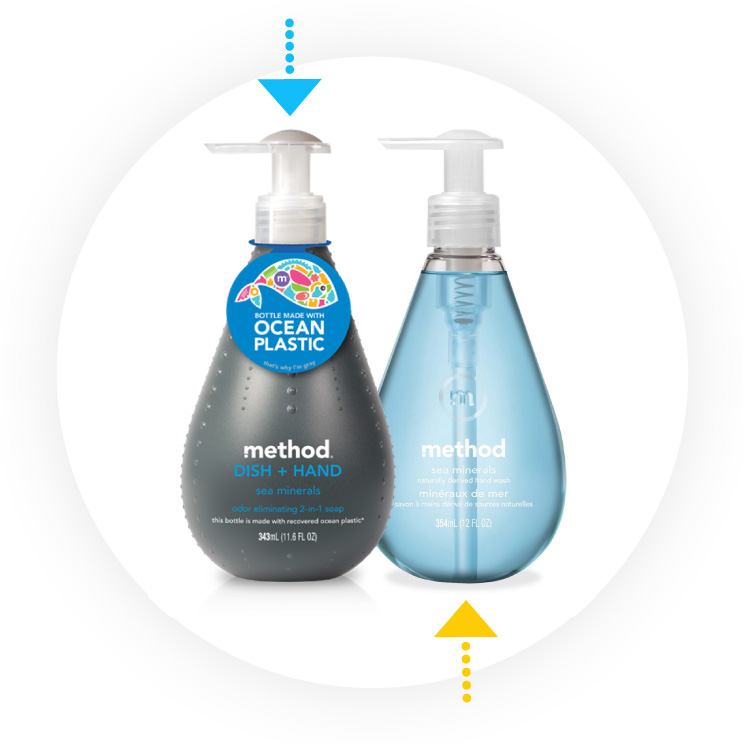
This is what the Sea Minerals product normally looks like
Potential design weaknesses:
- Can regular buyers of the Sea Minerals variant still find it on shelf?
Another example: Among the largest sustainable packaging trends is the move from single-use to virgin PET and rPET
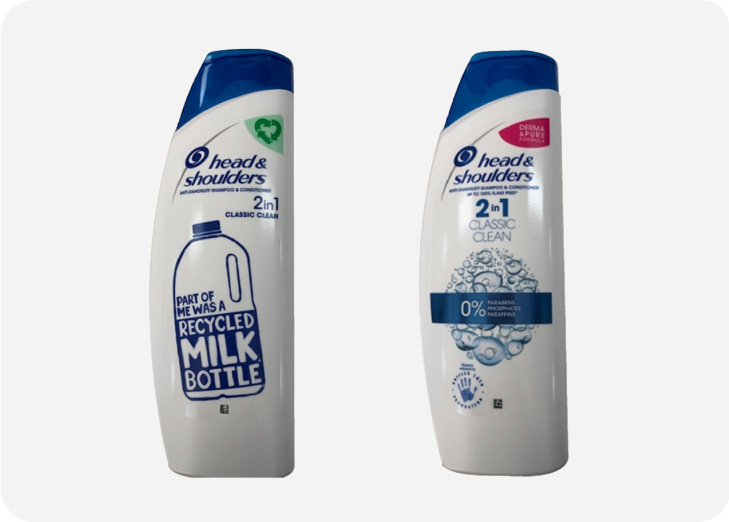
How can you best communicate such a move? Should you go big and creative, like Head & Shoulders?
This design communicating that Head & Shoulders packaging is partially made from rPET was launched at ASDA (UK) in early 2019
Spontaneous reactions confirm that consumers welcome the recycling messages on packaging
But it also triggers critical comments, raising the question of whether this particular execution worked as intended

Consumers expressed 3 types of concerns:
Blurred product
and benefit
understanding
Negative
brand impact
Claim lacks
specificity
A virtual store test revealed that – unsurprisingly – the sustainability message comes through loud and clear

Unfortunately, it is at the expense of shelf findability and product benefit understanding, and quite possibly has a negative impact on sales
Commit to the environment and sustainability
Purchasing from shelf
Sustainability message take-out
Haircare message take-out
We consistently see that consumers consider packaging sustainability an important but secondary benefit
Consumers should therefore ideally see sustainability messaging only after they have first taken note of the primary functional product benefit(s)
MetrixLab’s 9 best practices for powerful pack designs include guidelines for design element hierarchy
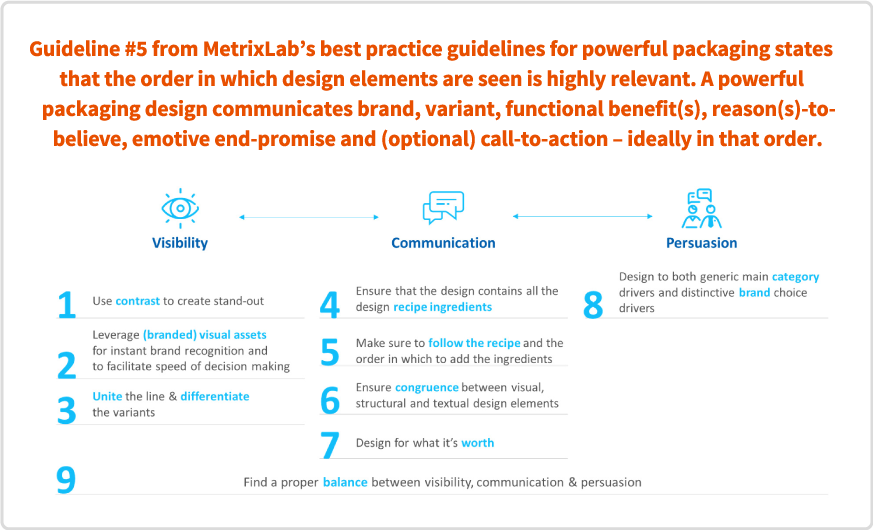
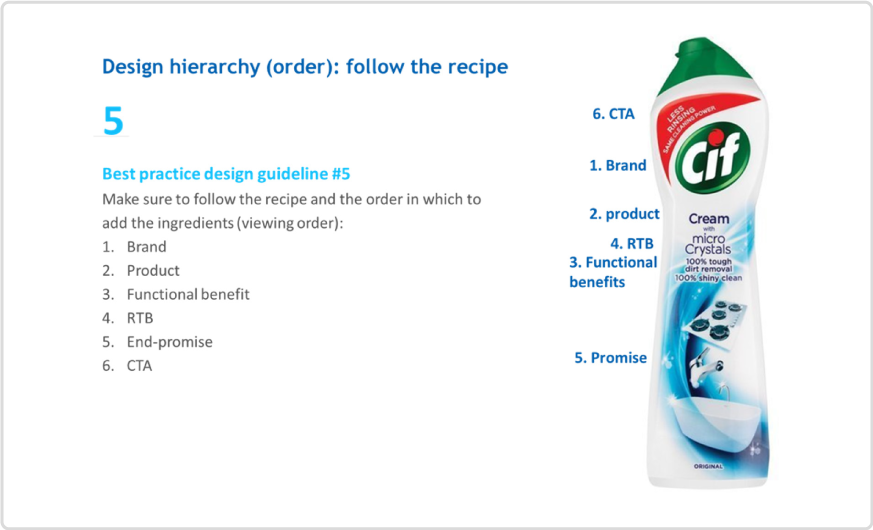
Knowing that sustainability messaging is best placed to be seen after the brand, variant and primary functional product benefit gives us an easy framework for determining the optimum placement on pack
Current viewing order
Knowing that sustainability messaging is best placed to be seen after the brand, variant and primary functional product benefit gives us an easy framework for determining the optimum placement on pack
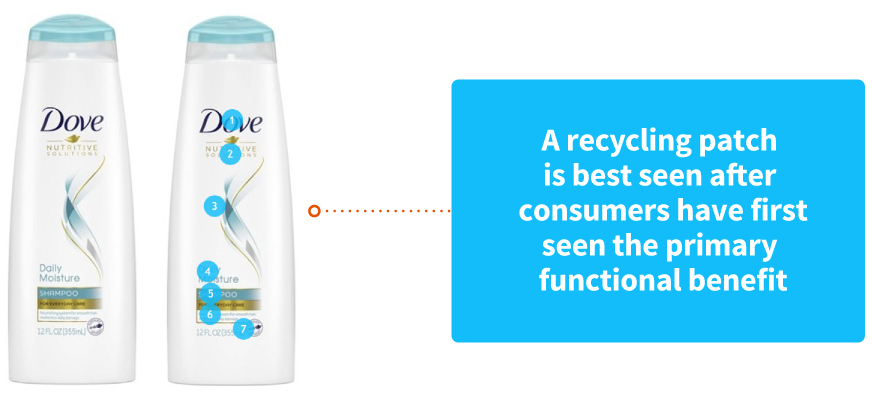
Optimum place for recycling message patch
The framework for determining the optimum placement on pack of sustainability messages helps us to evaluate and guide design
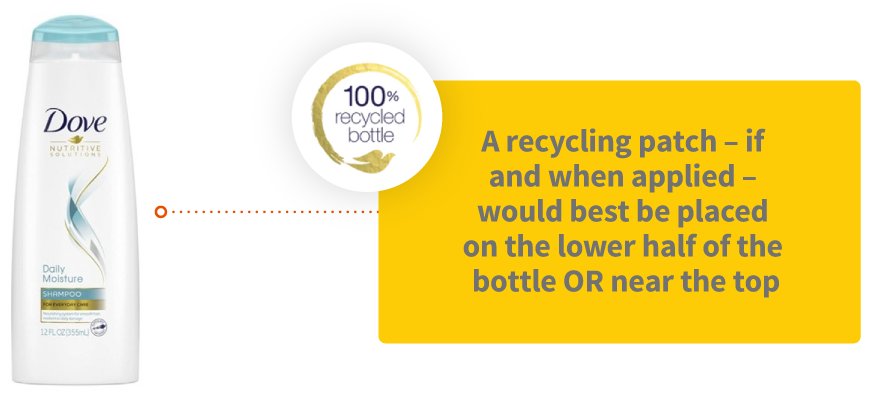
Best-in-class example:
This Sun design communicates the brand before variant and product benefits, and before natural and packaging sustainability claims (at the bottom of the pack)
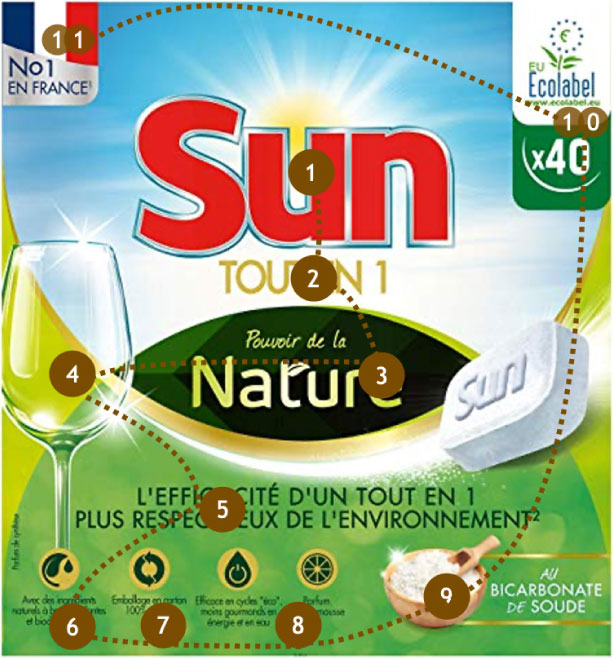
Viewing order
- 1
- Brand logo is seen first
- 2
- Variant (All in 1 tabs) is seen next
- 3&5
- Primary product benefit: Natural & effective
- 4
- End-promise: Sparkling clean
- 6&8
- Secondary product benefit: 70% natural ingredients
- 7
- Packaging sustainability message
- 9
- Primary reason-to-believe: Sodium bicarbonate
- 10&11
- Secondary reasons-to-believe: EcoLabel & Made in France
The Sun design has a strong design hierarchy: The packaging sustainability message is placed such that it is seen in the right order.
Sustainable packaging design can be a balancing act:
Emphasizing one message creates a risk of weakening other messages (but this may not be a problem if it’s a temporary message).
Let’s take a look at this sustainability packaging example from Hellmann’s:
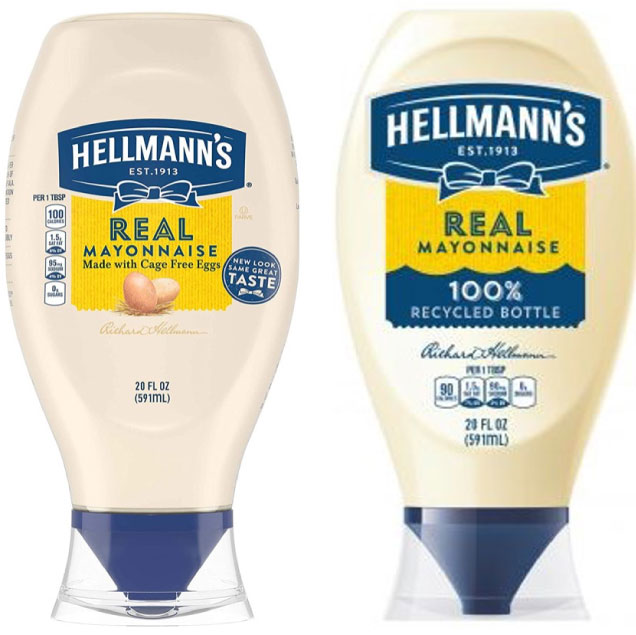
Sustainability messaging replacing product benefit messaging
Replacing the eggs and sustainable/natural ingredients message with a sustainable packaging message will undoubtedly trigger a large upswing in sustainable packaging credentials. But this may be at the expense of design appeal, product quality and premium perceptions.
We know that symbols and icons in support of product sustainability typically work very well – as long as they fit the category context
Icons in support of product
sustainability messaging
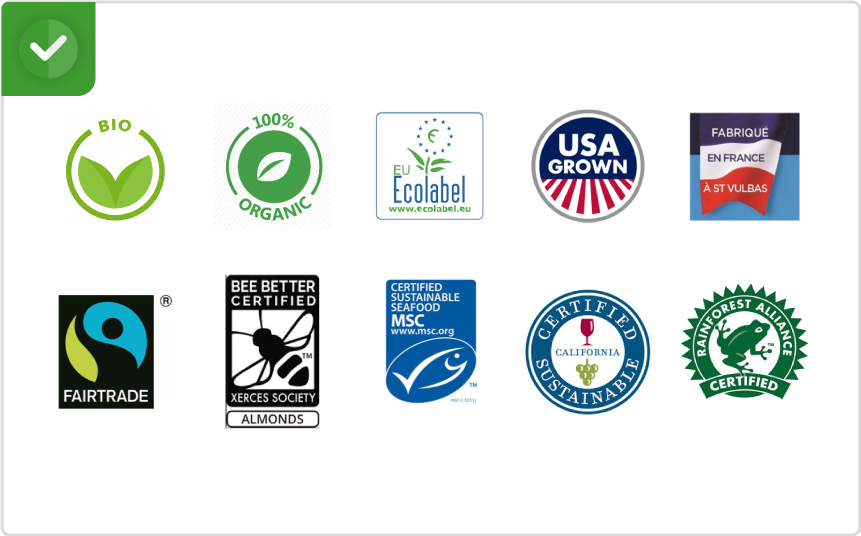
Bees don’t fit the context of
the dishwasher tabs category
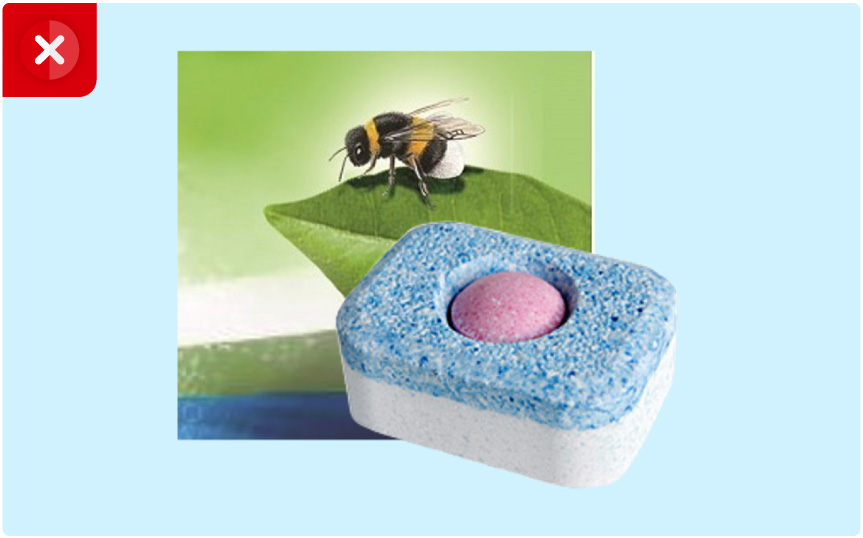
Icons and claims in support of packaging sustainability
Certain types of icons are better than others in terms of supporting claims of sustainability on pack. Be wary of claims that “ladder-up”, in the sense that the icon reveals a higher-order benefit (e.g. reduce CO2) without explaining how this achieved
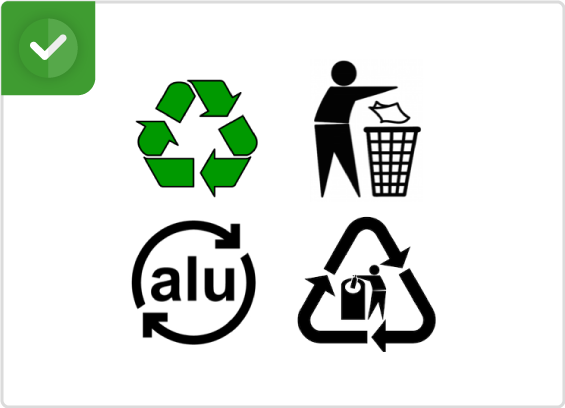
Simple, informative claims
- Recyclable packaging
- Climate-friendly packaging
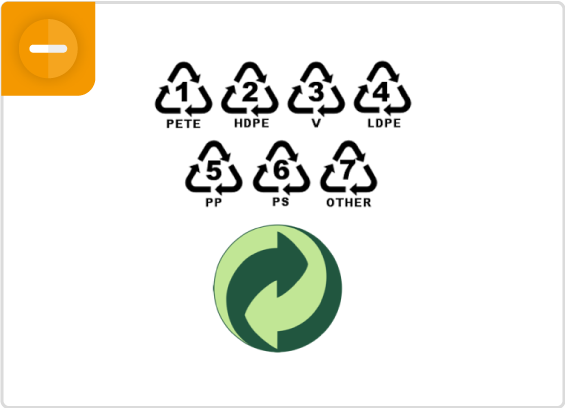
Claims that make a direct appeal
- Recyclable with your help
- Help us do the right thing!
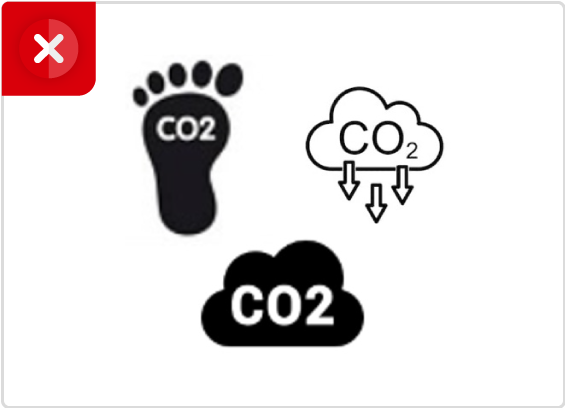
Claims that “ladder-up”
- CO2 reduced packaging
- Help protect the environment!
The combination of claim and icon (placed in the hierarchy of design elements so that it is seen only after brand, variant and primary functional benefit claim) makes for powerful packaging design
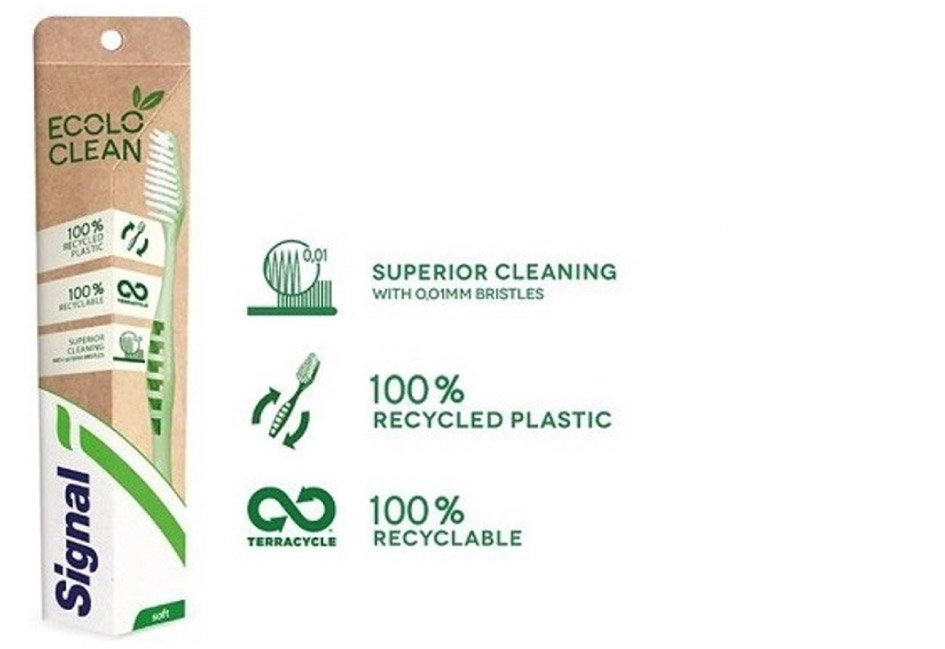
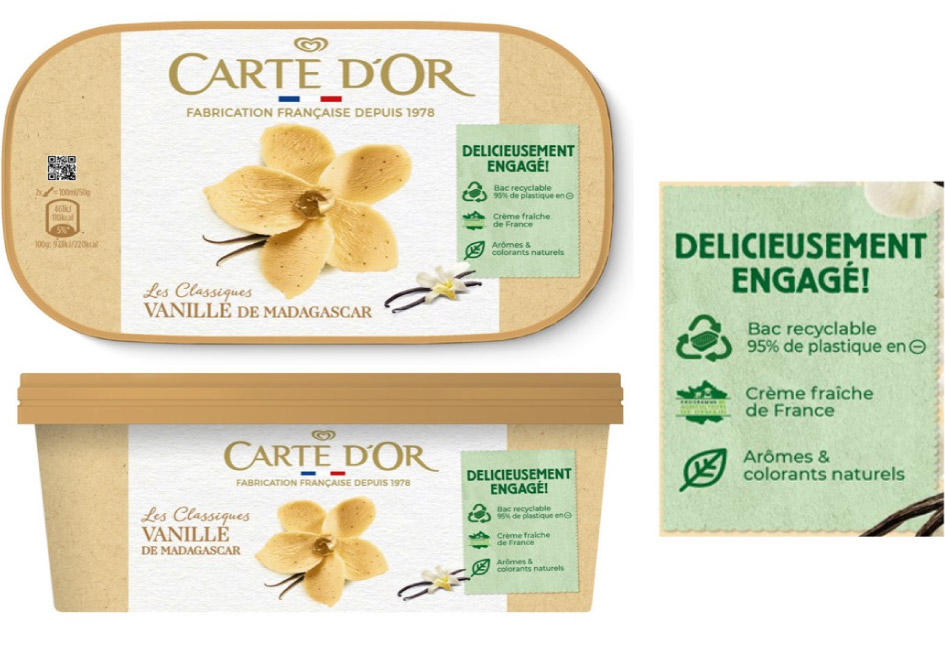
A disruptive packaging material change can offer fantastic opportunity for disruptive repositioning and growth
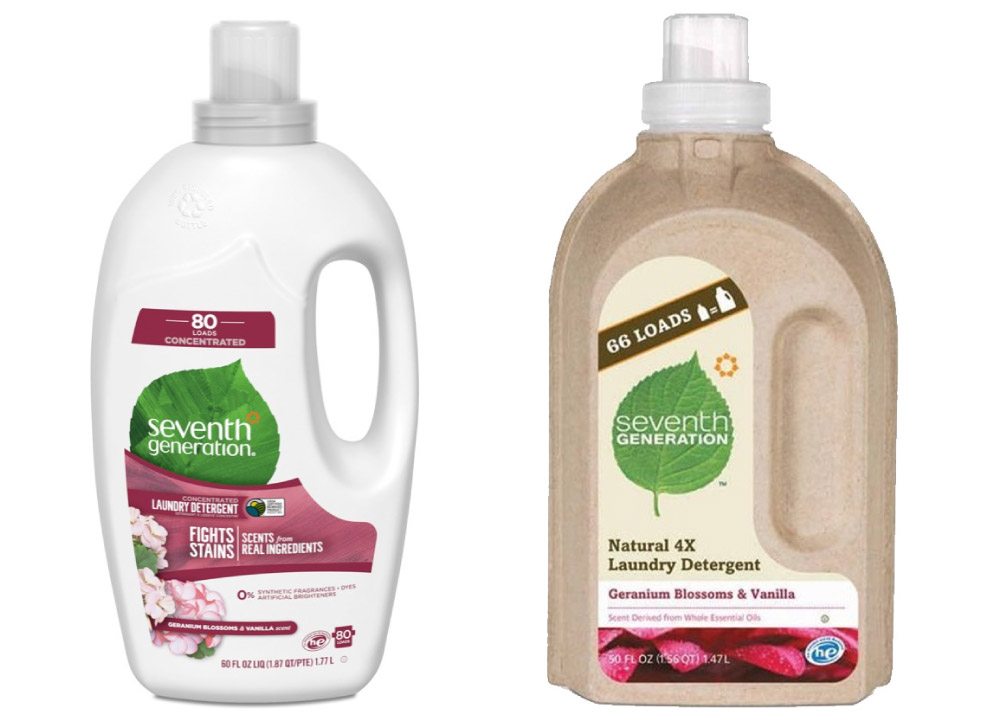
Through advanced analysis of our PACT benchmark database, we know that there are 4 key drivers of packaging design success
Visibility is the most important factor for success, followed by shelf stand-out (that is, people noticing the product on shelf while browsing) and the ability to find a specific variant from a brand that you are interested in. The third driver is design appeal, and the fourth is how persuasive the communication of product benefits is.
In case of (disruptive) line extensions, two additional questions come into play:
How the new SKU influences the brand block on shelf, and how the new SKU balances brand drivers with SKU-specific differentiators
Package design
success also depends on the rest of your product line. In the case of (disruptive) sustainable line extensions, two additional questions come into play: How the new SKU influences the brand block on shelf, and how the new SKU balances brand drivers with SKU-specific differentiators.
Unsurprisingly, these four drivers of package design success apply equally to disruptive packaging designs. So whenever you are considering a more disruptive packaging design change, you will want to make sure that the new packaging design performs at least equally but ideally better on these 4 drivers than the original design.
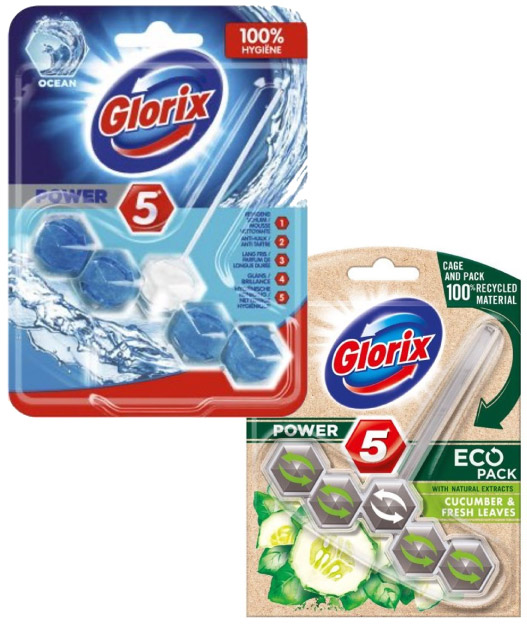
For example: The transition from shrinkfoil to cardboard topclip is not only sustainable, but will also improve shelf visibility and findability
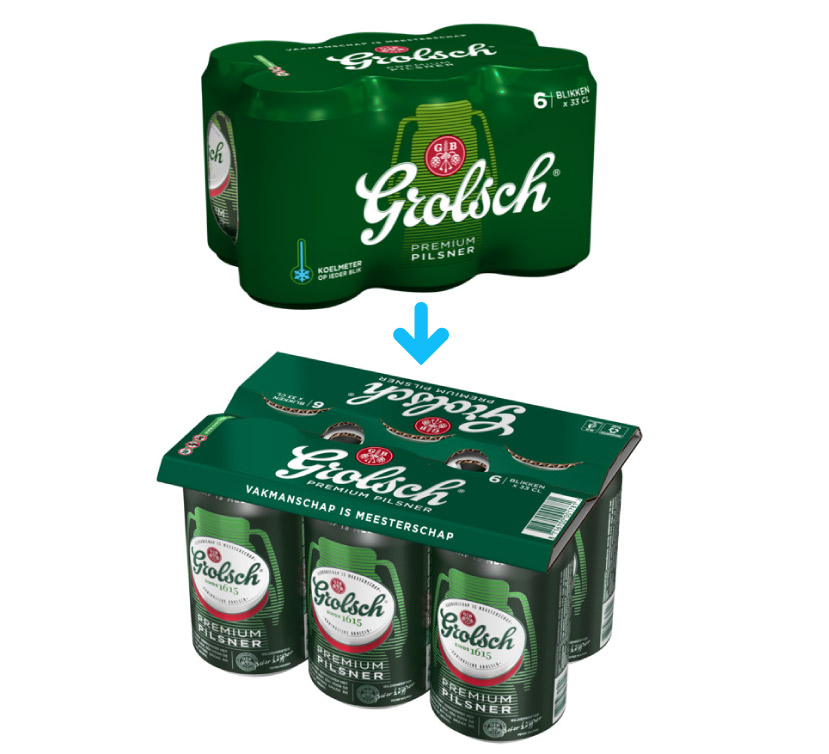
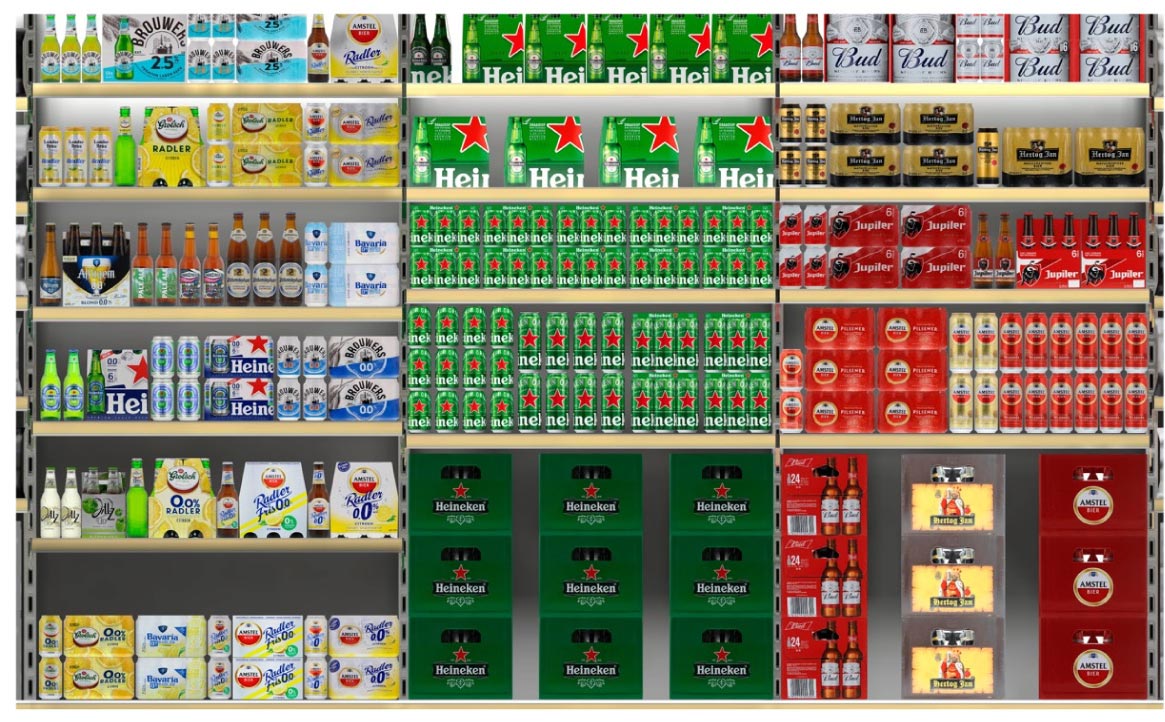
Now you know our best practices for communicating packaging sustainability
If your brand is taking steps to adopt more sustainable practices and products, that’s great. Consumers care about these initiatives and want to know. But it’s important not to let the communication of green initiatives overshadow general packaging guidelines.
Just follow these tips and you’ll be set up for success.
Prioritize product benefit messaging
Make sure that the primary product benefit(s) cues on your packaging design continue to be seen before your sustainable packaging message.
Switch-in
and switch-out
Consider making your sustainability message a temporary one so that it doesn’t detract from other important messages.
Amplify your message with icons and claims
A combination of an icon and claim can be very effective, especially when communicating multiple benefits.
Disruptive material changes offer fantastic opportunity for disruptive growth
Disruptive packaging material changes offer a new opportunity to focus on the key drivers of powerful packaging design: improving shelf visibility, variant findability, design appeal and benefit communication. Make sure you are striking the right balance of each.
Author
Alexander Kleijngeld
Sr. Solutions Consultant
References
- “Scientists Discover That Microplastics Cause Accelerated Human Cell Death.” McCool, B. (2019).
- International Non-Alcoholic Drinks Industry Insights Survey, Euromonitor (2019).
- Covid-19, M&S levers to help our clients respond to the crisis [3], McKinsey (2020).
- “Thailand Supermarket Says No To Single-Use Plastics, Wraps Produce In Banana Leaves.” Sanchez, R. (2019).
- “Igloo Says Goodbye To Styrofoam Coolers, Releases Biodegradable Update.” Sanchez, R. (2019).
- “Starbucks Begins Trial Of Compostable Hot Coffee Cups.” Sanchez, R. (2020).
- “Starbucks and Closed Loop Partners to develop recyclable, compostable cup solution.” Starbucks Stories & News (2018).
- “A Coalition of giant brands is about to change how we shop forever with a zero-waste
platform.” Peters, A. (2019). - “Rethinking plastic packaging – towards a circular economy.” Unilever (2020).
- “Dove moves to 100% recycled plastic bottles, and plastic-free packs for its beauty bar.” Unilever (2019).
- “Coca-Cola, Nestlé and PepsiCo named top plastic polluters for the second year in a row.” Franklin, M. (2019).
- “Coca-Cola Is Making A Bottle Out Of Ocean Trash and We’re Supposed
To Act Like it’s OK.” Gibbs, A. (2019).
Want to know more?
About MetrixLab
MetrixLab provides consumer insights that drive smarter business decisions. A truly global digital research agency, we pioneer new technologies and integrate multiple data sources to push the boundaries of research. This enables our experts to provide high-quality insights at scale, at speed and for an unparalleled value. Our passion, expertise, and solutions enable our clients to succeed at product innovation, brand engagement, and consumer value.
Active in over 90 countries, MetrixLab is a proud partner of more than half of the world’s top 100 brands and part of Toluna.
